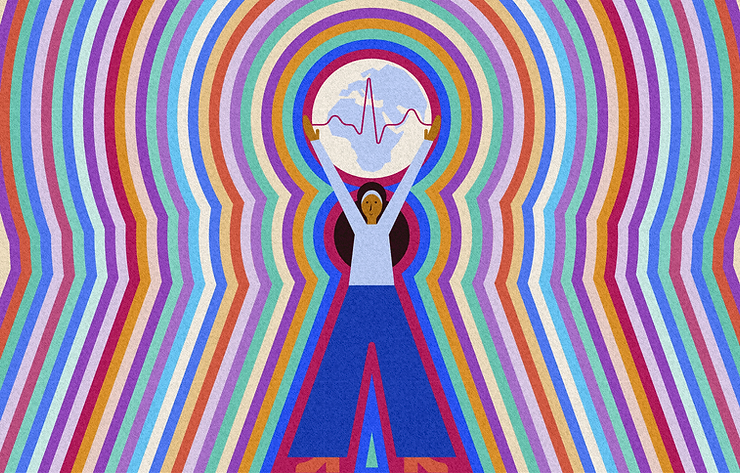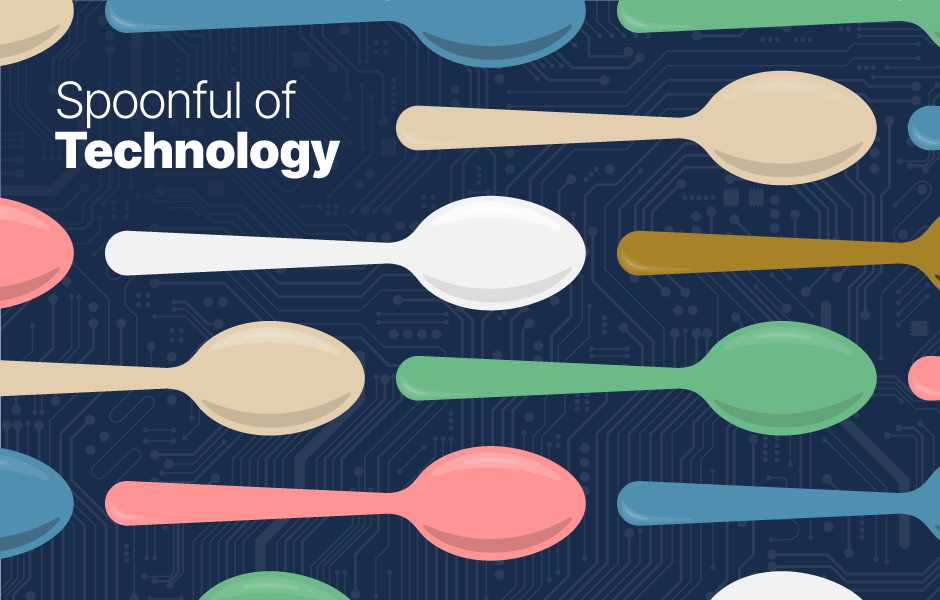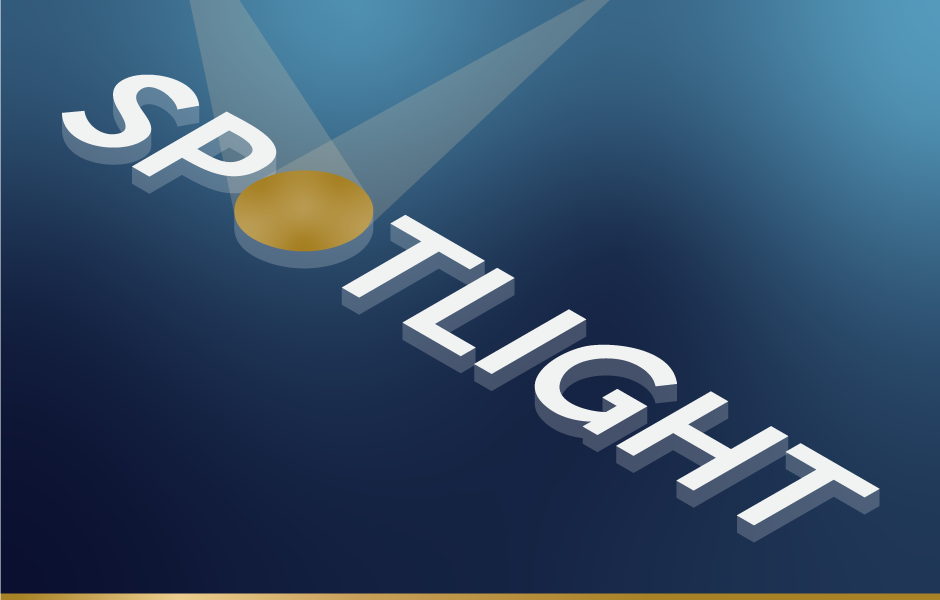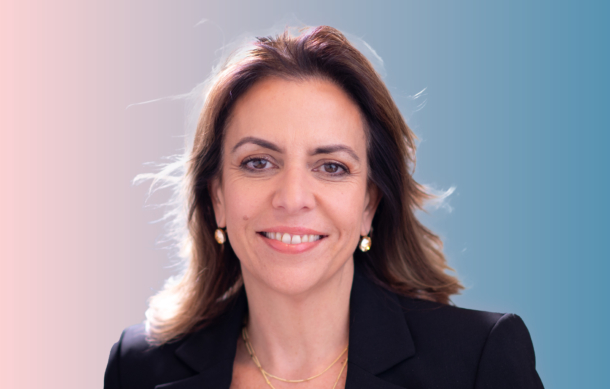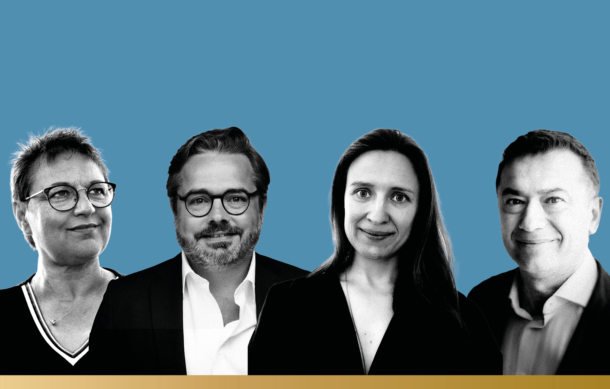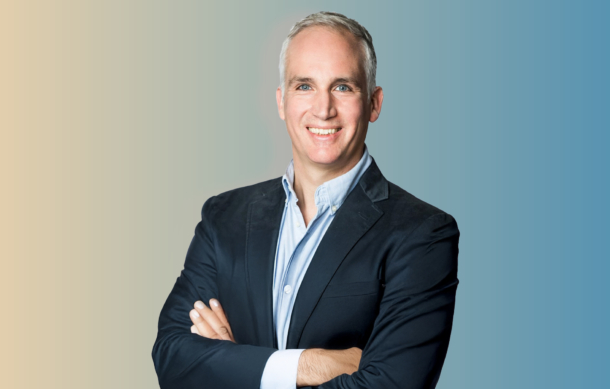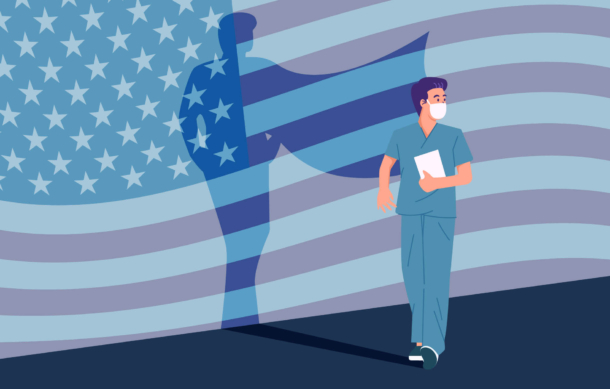Today (7 April 2022) is World Health Day, and to celebrate GOLD asked Claire Gillis, CEO, VMLY&R Health, to share her thoughts on using creativity to create better access to healthcare for all
Words by Claire Gillis
You may not have spotted it, but the world is apparently inching closer to the utopia of ‘Health for All’. In 2018, according to official figures from WHO, more than half the world’s population couldn’t access essential health services. Today, that number has fallen to 30%. We’ve moved the dial. Who knew?
It’s something to ponder on World Health Day 2023, when Health for All is once again the goal. After all, who would have thought that in the last five years – despite the pandemic – we’d close the gap by 40%? Convinced? Me neither.
In truth, improvements in access are down to worldwide gains in Universal Health Coverage (UHC) that all occurred pre-pandemic. Then, COVID-19 flipped the narrative.
Last month, a new report from WHO showed global mortality from noncommunicable diseases (NCDs) is rising. Like, really rising. In 2019, NCDs accounted for around 40 million or 74% of all deaths. By 2025 – thanks to COVID disruption and under-investment in primary care – that figure is forecasted to reach 100 million. That’s not a typo.
So here’s the thing. While the stats suggest access to health is increasing, the reality is markedly different: the gaps are getting wider. We must step up.
Many of the tools to transform health already exist. We just need to figure out how to adopt them at scale. Everything from smart hospitals and wearable tech to digital therapeutics and telemedicine could revolutionise healthcare, but global adoption is uneven.
It’s the same story with medicines. Breakthrough treatments change the lives of those who can get them – yet a third of the world still can’t access the basics. Even in countries with advanced health systems, patients are being deprived of treatments that could help them. Health for All, anyone?
Creative coalition
Those of us privileged to work in health have an opportunity to drive meaningful change. But to do it, we must pull together in creative coalition. We can have brilliant technologies, breakthrough science and life-changing medicines. We can even redesign health systems and extend UHC. But if we don’t get better at connecting the dots, we won’t win.
A key component in that effort – in fact the connective tissue that binds everything – is communications and how we deploy them creatively and responsively. It’s an essential part of the solution. It’s all about connection. It’s how we get the word out and connect people with the help they need. It’s how we craft messages that speak meaningfully to audiences to inspire action. And it’s how we create connected experiences that work in the moments that matter. Ultimately, when communication is at its best, so too is innovation.
Right now, everyone in health is focused on ‘business’ transformation – that’s the business of health in case you were wondering. In its loosest definition, this applies to making sure the systems are funded. In its tightest definition this applies to us making sure health is delivered effectively. Any business transformation must be underpinned by creative transformation – where technology, data and creativity come together to solve problems. If we’re going to transform health, we need to take creativity to another level.
Four essentials for creative transformation
1. Better insights
If we’re to create experiences that resonate with target audiences, strategic insights must go deeper to reflect cultural nuances and real-world behaviours. We need human-centered insight. More ethnography. More listening. More focus on people in their own environment having real conversations, as people, not patients. That’s where we learn.
2. Smarter data
Creativity is the heart of communications, but we need circulation to pulse the blood around the body. Data is our lifeblood. Creative transformation means leveraging insights from huge global datasets – audience data or contextual data – and using it to target creativity. The best analytics give you a personalised lens. If we’re to cut through, we need to maximise data signals in real time. That’s how to building predictive customer engines that allow true personalisation to end-users – driving step change in marketing performance.
3. More diversity
Creative diversity drives enable us to serve our real, not clinical trial, populations. That’s what’s required if we want Health for All. For brands to connect, we need real-world representation in creative teams and research populations. If datasets under-represent populations, there’s inherent bias in everything from clinical trials and product development to AI algorithms and creative campaigns. That only exacerbates inequities.
4. Wider collaboration
Health communications is a specialist skill that requires domain expertise. However, if we’re going to create experiences that connect with the person not just the patient, we must adapt as health creatives. This means working closely with non-health creatives to transition from traditional health campaigns to ‘patient experience movements’. It’s the only way we’ll deliver science-based creativity at scale. We still must lead with the health expertise, but if we infuse it with non-health capabilities, we can optimise experiences.
These recommendations support creative transformation in health. They’re worth pursuing, because if we’re really going close the gap, we must maximise creativity. After all, there’s no transformation without communication.

